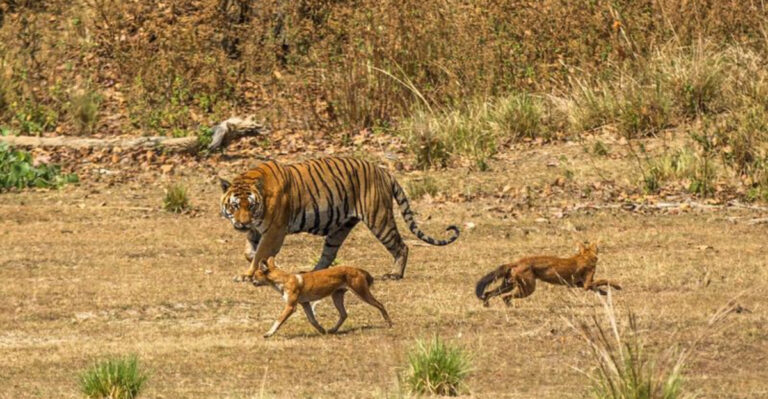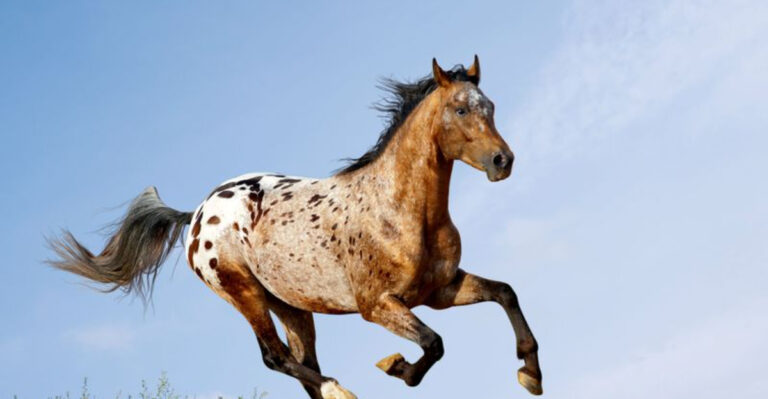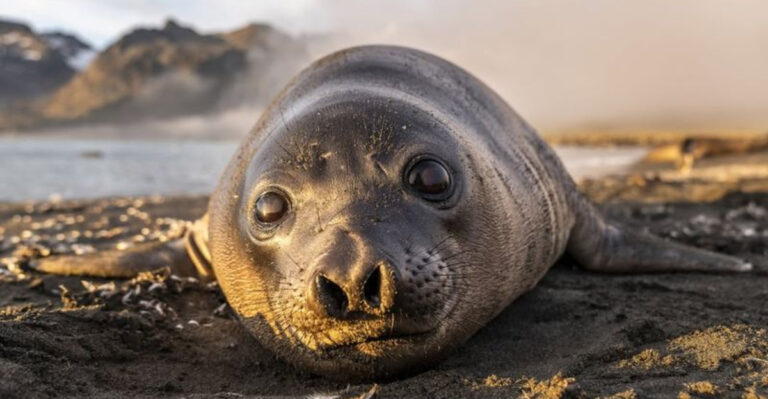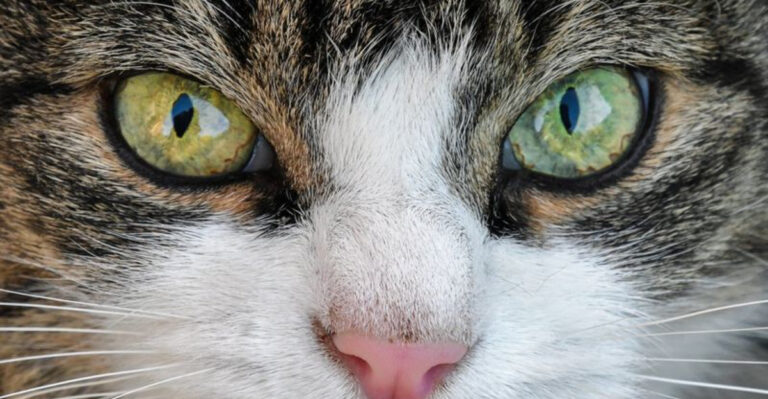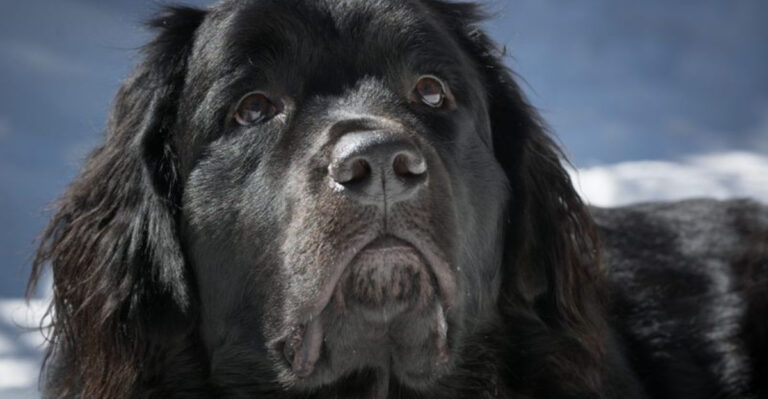10 Scents That Attract Coyotes (And 5 Other Predators They Can Scare Away)
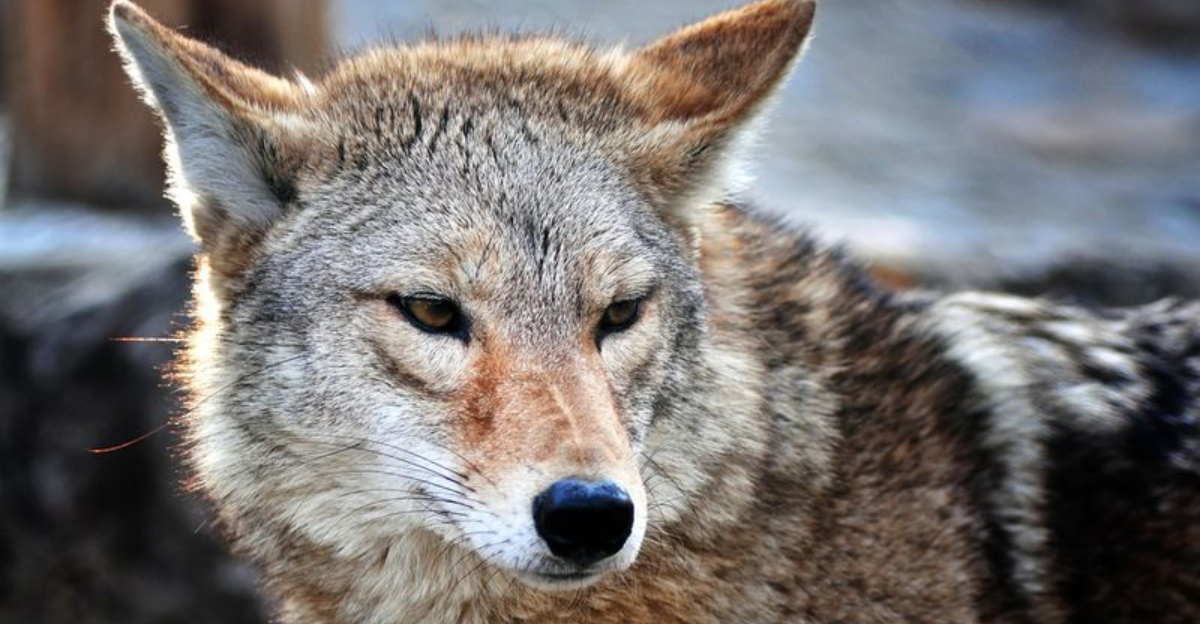
Coyotes, those clever canines roaming our fields and suburbs, rely heavily on their incredible sense of smell to navigate their world.
Understanding which scents attract these wild dogs can help homeowners either keep them away from properties or, for hunters and wildlife photographers, draw them closer. But while some of these scents attract coyotes, they keep other animals away! Find out which!
1. Rotting Meat Smells Like Dinner
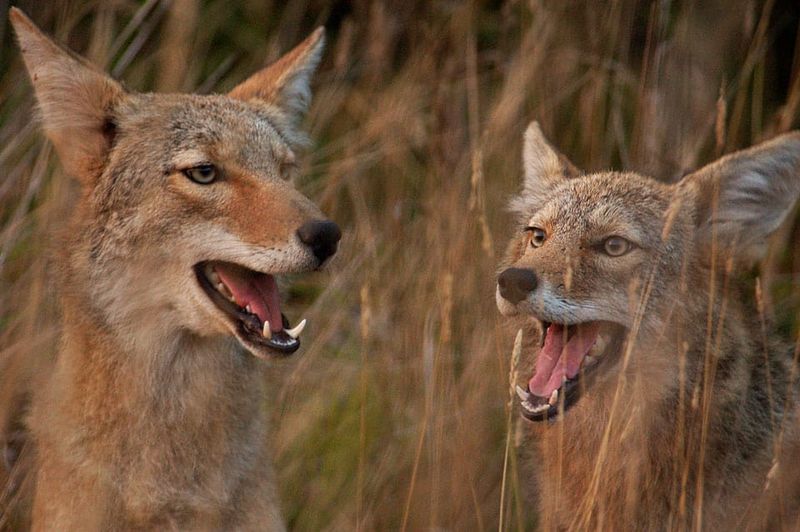
Coyotes can detect decomposing flesh from over a mile away. Their sensitive noses evolved to find carrion – an easy meal that requires no hunting effort.
Ranchers often struggle with coyotes following the scent of afterbirth from livestock births or deceased animals. This powerful attraction explains why coyotes quickly discover roadkill and why they’ll investigate trash containing meat scraps.
2. Bacon Grease: Irresistible Temptation
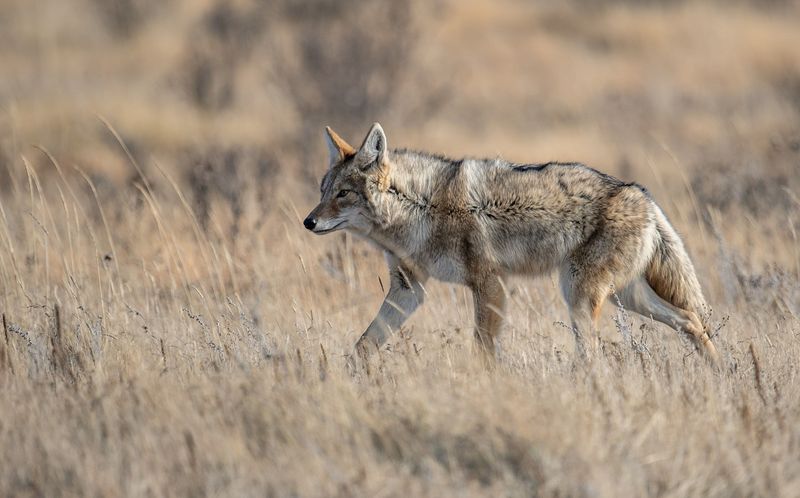
Nothing cuts through the night air like the smell of bacon – for humans and coyotes alike. The concentrated fat and smoky aroma travels remarkably far in open spaces.
Trappers have long used bacon grease as a reliable coyote lure. Just a small amount smeared on a tree or rock can bring these curious canines investigating. The familiar kitchen waste many people discard outdoors unknowingly serves as a powerful coyote magnet.
3. Female Coyote Urine: Love Is In The Air
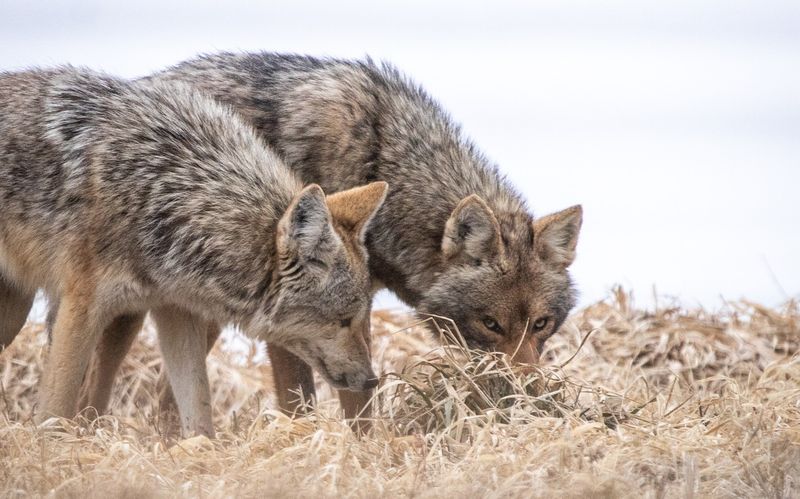
During breeding season, male coyotes become almost reckless when catching the scent of a female in heat. This potent biological attraction overrides their normally cautious nature.
Wildlife researchers use this scent to temporarily collar and study coyotes. The urine contains pheromones that signal reproductive readiness, creating an irresistible draw. Males will travel miles across their territory boundaries when they detect this distinctive calling card.
4. Fresh Blood: Primal Hunting Trigger
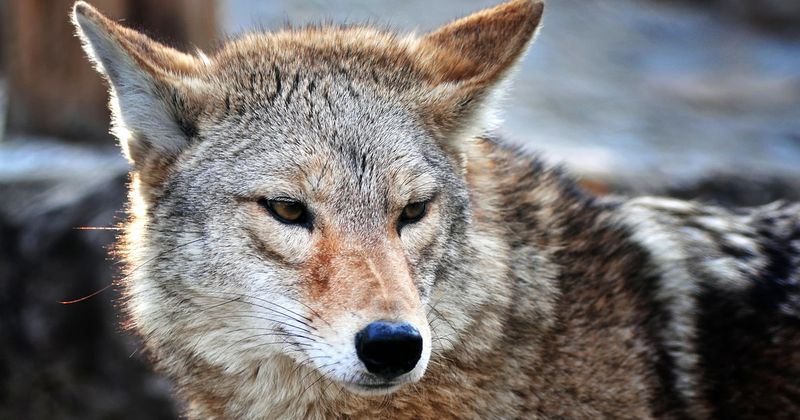
The coppery scent of blood instantly triggers a coyote’s predatory instincts. Their brains are wired to associate this smell with an injured animal – an easy hunting opportunity.
Farmers report increased coyote activity after livestock injuries or births. Even small amounts of blood can attract attention from surprising distances. This sensitivity explains why coyotes often target wounded deer that hunters couldn’t recover during hunting season.
5. Commercial Predator Lures: Scientific Attraction
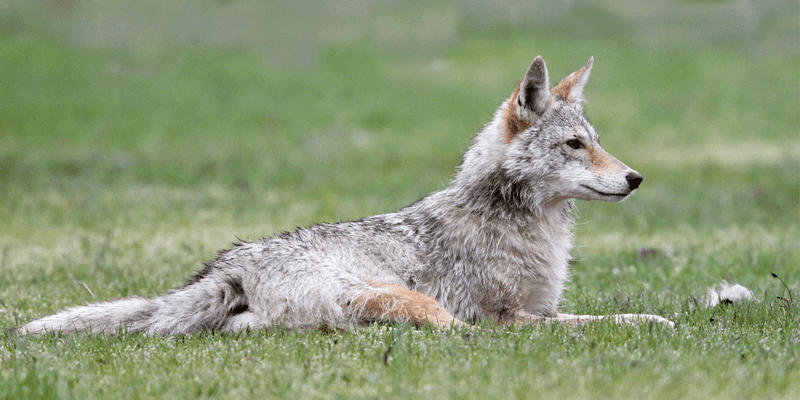
Specialized scent products blend gland secretions, food smells, and curiosity triggers that coyotes find impossible to ignore. These commercial lures concentrate the most powerful attractants into portable forms.
Hunters apply tiny amounts to create scent trails leading to their position. Modern formulations can remain effective for days even through rain or snow. The best commercial lures mimic territorial markings that make coyotes feel compelled to investigate the unfamiliar intruder.
6. Skunk Essence: Stinky But Effective
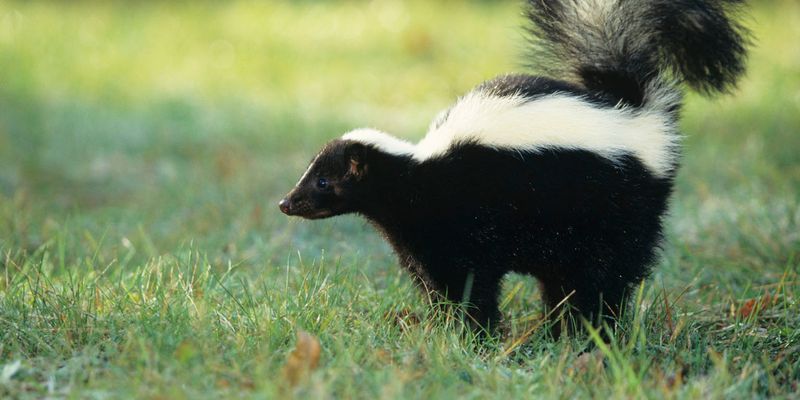
Counterintuitively, coyotes are drawn to the pungent spray that makes humans recoil. They associate this distinctive odor with potential food since they occasionally prey on skunks.
Trappers have used skunk essence for generations to lure curious coyotes. The powerful scent travels far on light breezes, cutting through other environmental smells. Coyotes will investigate the source expecting to find either a skunk meal or interesting territorial markings from other predators.
7. Fox Urine: Territorial Challenge
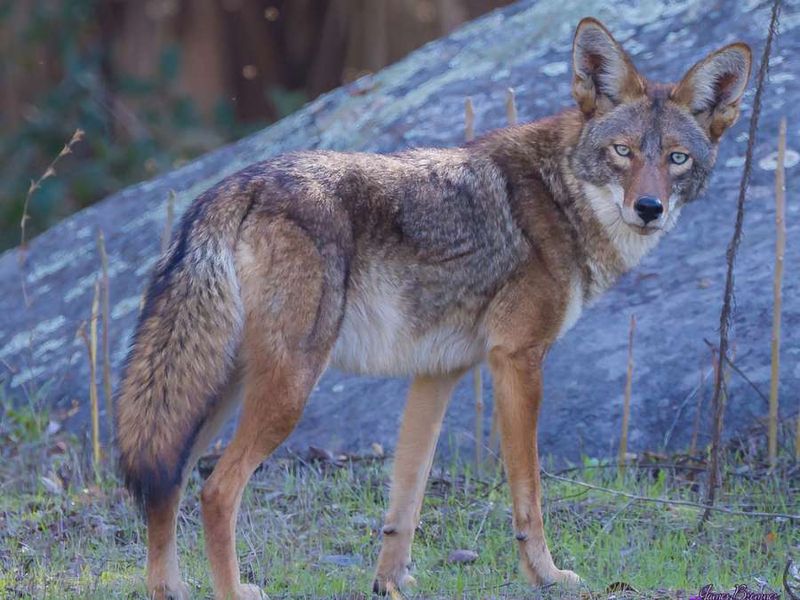
Coyotes and foxes compete for similar resources, making fox scent markers an immediate point of interest. When a coyote detects fox urine, it often triggers territorial investigation.
This competitive response makes fox urine an effective lure. Dominant coyotes particularly respond to these scents, eager to assert their position in the local hierarchy. Wildlife managers sometimes use this attraction to census coyote populations or relocate problem animals away from residential areas.
8. Sweet Fruits: Unexpected Dessert
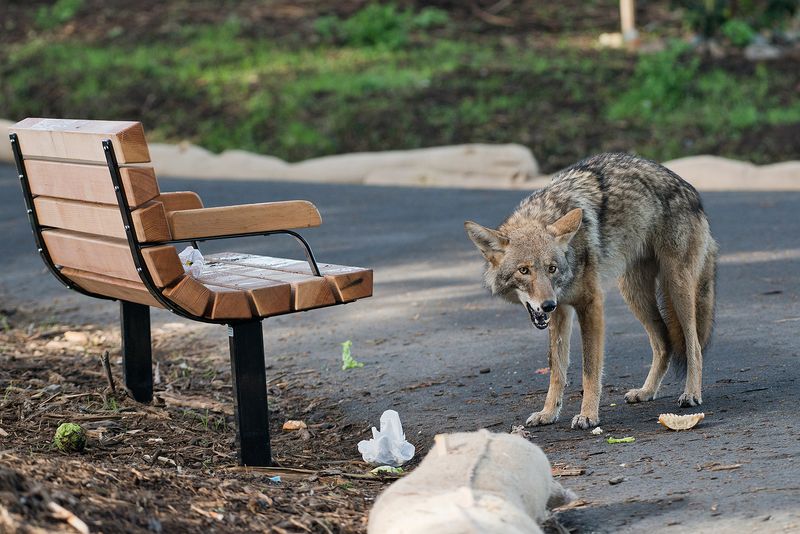
Many people don’t realize coyotes have a sweet tooth. Fallen apples, berries, and other fruits emit fermented scents that attract these opportunistic eaters, especially during fall.
Orchards and vineyards sometimes struggle with coyote visitors sampling the harvest. Their omnivorous diet adapts to seasonal availability, making fruit an important food source. Homeowners with fruit trees often unknowingly create coyote attractants when fallen fruit accumulates beneath their trees.
9. Pet Food: Suburban Buffet
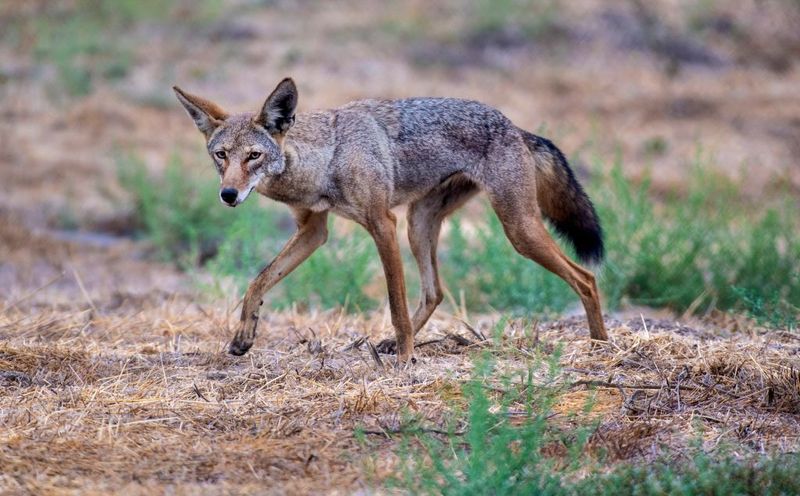
The rich, meaty aroma of kibble left outdoors creates an invitation coyotes rarely refuse. The concentrated protein scent carries surprisingly far on evening breezes through neighborhoods.
Suburban coyote problems often trace back to outdoor feeding stations. Even empty bowls retain enough scent to encourage investigation. This powerful attractant teaches coyotes to associate human dwellings with easy meals, creating potential conflicts between wildlife and pets.
10. Small Animal Musk: Dinner Bell
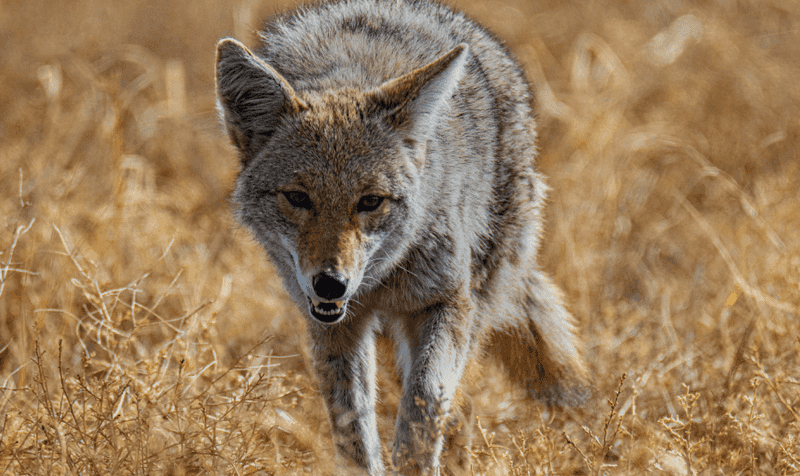
The distinctive scent glands of rabbits, rodents, and other small mammals act like a biological dinner bell for hungry coyotes. These prey animals leave scent trails everywhere they travel.
Coyotes develop an extraordinary sensitivity to these specific smells. Their hunting success depends on detecting the faintest traces of prey animals. This explains why coyotes frequent areas with high rodent populations – they’re literally following their noses to their next meal.
11. Foxes
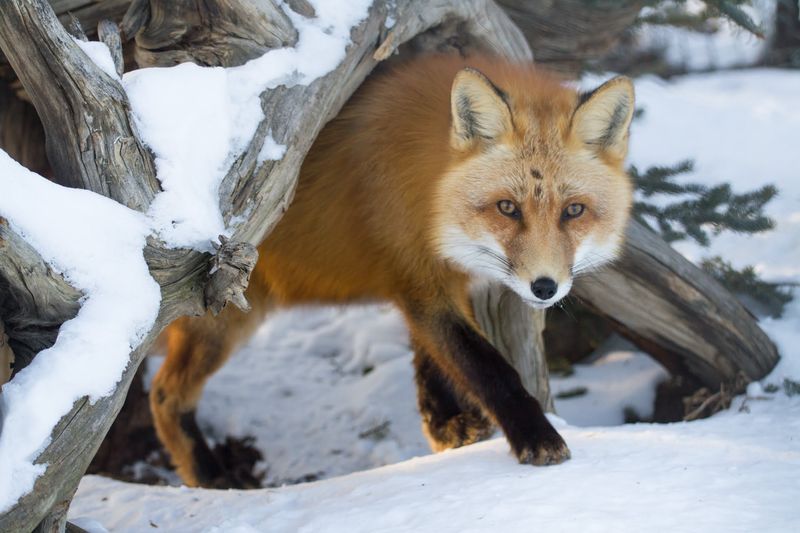
Foxes, with their clever and adaptable nature, often tread carefully in environments marked by larger predators. The scent of a coyote signals danger, urging foxes to steer clear of the area. A single whiff can transform a potential playground into a perilous zone.
While foxes are adept at evading threats, an area dominated by coyote scents prompts them to retreat. This ensures their safety, as they prefer not to risk encounters.
Interestingly, this behavior showcases their survival instincts, highlighting the complex relationship between these cunning creatures and their larger counterparts.
12. Raccoons
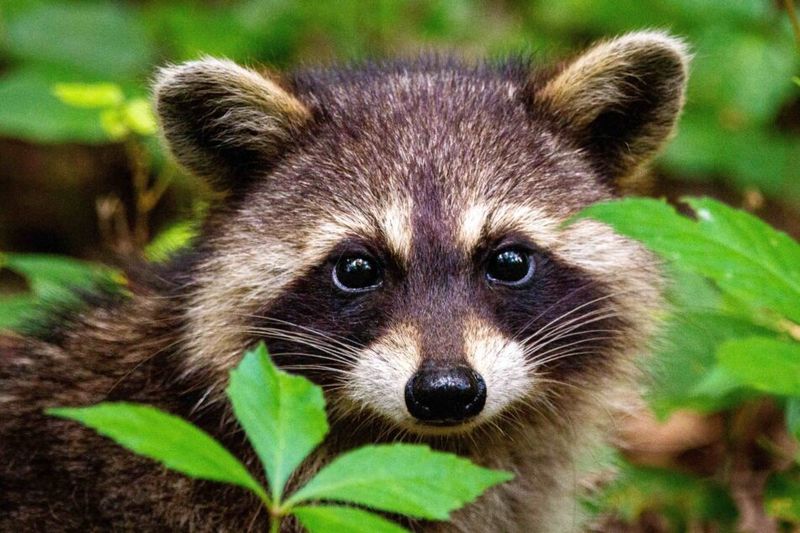
In the moonlit world of raccoons, curiosity often leads them to explore, but not when danger lurks. The unmistakable scent of a coyote can transform their curiosity into caution. It acts like an invisible barrier, warning them of potential threats.
Raccoons rely on their keen sense of smell to navigate the night, and the aroma of a nearby coyote is a clear signal to retreat. This instinctive behavior underscores their adaptability in urban and wild settings.
Ultimately, for raccoons, survival hinges on recognizing and responding to such olfactory cues.
13. Bobcats
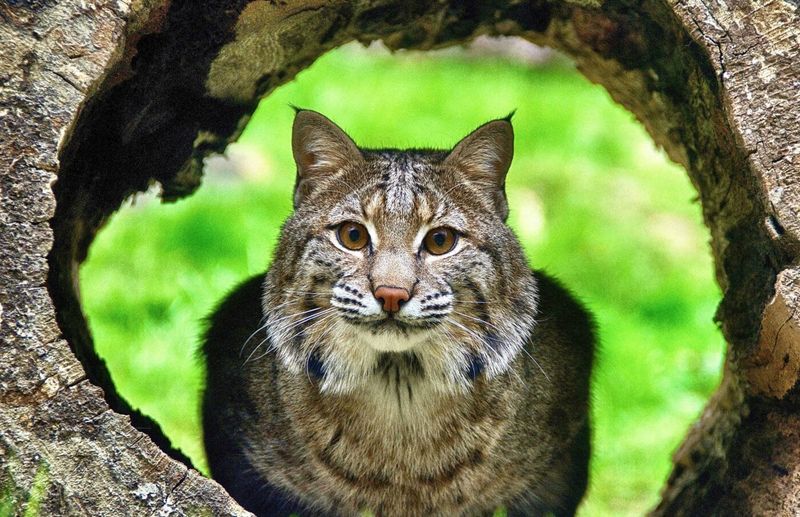
Bobcats, known for their solitary and stealthy demeanor, prefer to avoid confrontations whenever possible. The scent of a coyote in the vicinity signifies a territory occupied by a dominant predator, prompting bobcats to seek safer grounds.
These elusive creatures rely on their acute senses to maintain a safe distance from potential threats. The presence of coyote aromas alters their usual paths, demonstrating their cautious approach.
This behavior not only highlights their survival instincts but also the delicate balance of predator dynamics in the wild.
14. Skunks
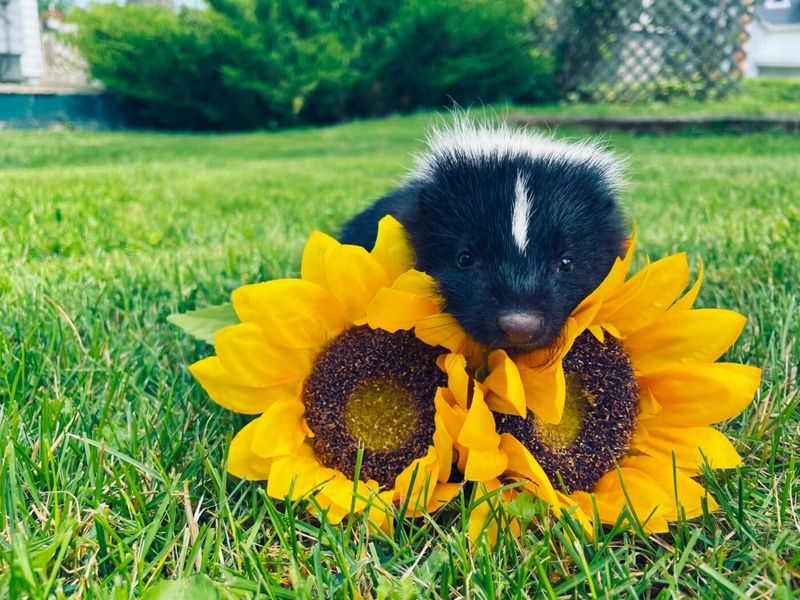
Despite their own potent odor, skunks are not immune to the scent of a nearby predator. Coyotes, being larger and more aggressive, pose a threat that skunks wisely choose to avoid.
When the scent of a coyote permeates the air, skunks interpret it as a warning. This prompts them to find alternate routes or territories, showcasing their instinctual drive for safety.
This interaction illustrates the cautious nature of skunks, who, despite their defenses, prefer evasion over confrontation with a formidable adversary.
15. Feral Cats
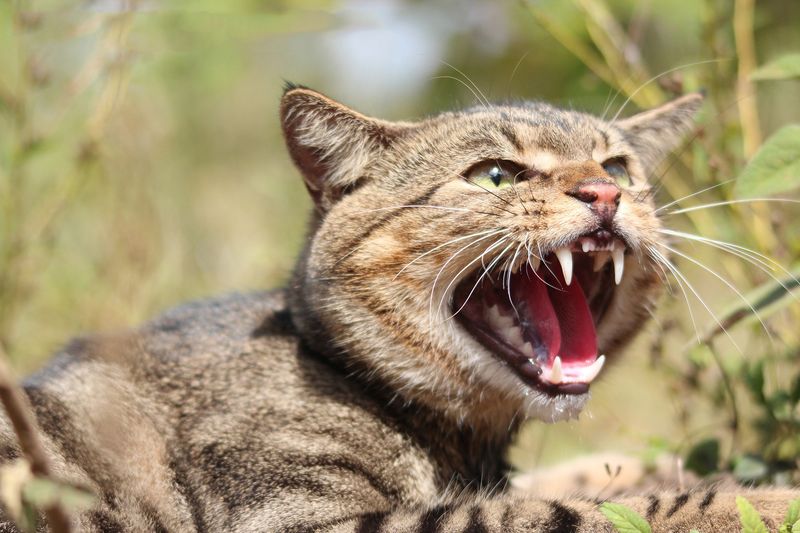
Feral cats, the street-smart survivors of the animal world, are acutely aware of the dangers posed by coyotes. The scent of a coyote in the vicinity serves as an unmistakable alert, urging these savvy felines to keep their distance.
With their sharp instincts, feral cats often change their paths or hide when they detect such olfactory signals. This behavior highlights their adaptability and keen survival skills.

